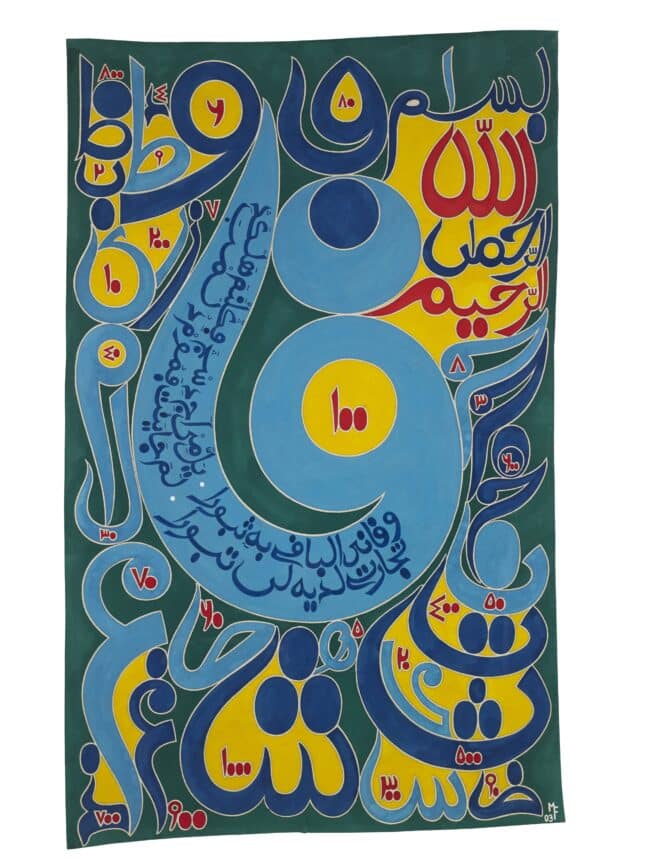Sahel, derived from the Arabic word meaning shore, also refers to a topographically and culturally diverse trans-continental zone at the southern edge of the Sahara. For many centuries merchants scholars and artists from North Africa and beyond crossed the great desert along a web of trade routes, transporting materials, technical expertise, and visual ideas to the Sahel, invigorating its culture and artistic landscape. Eventual diffusion of these innovations throughout West Africa resulted in vast changes in artistic production that have endured until the present.
Among the most significant transformations from the influx of Islamized Amazigh, Jewish and Arabic artists were new techniques of weaving and dyeing cloth, new forms of metalworking and calligraphy. As Sahelian artists adapted these imported mediums, they also assimilated their imagery and iconographies. This hybridization continues and is seen in the exhibition Shore Lines in both historical and contemporary works from the Western Sahel. In the spirit of their forebears, the artists represented in the exhibition have also crossed the boundaries of vast conceptual, temporal and spatial terrains to tap new mediums and fuel creative energies.
Special thanks to faculty members Leonardo Villalón and Fiona McLaughlin for their collaboration and inspiration in organizing this exhibition.



